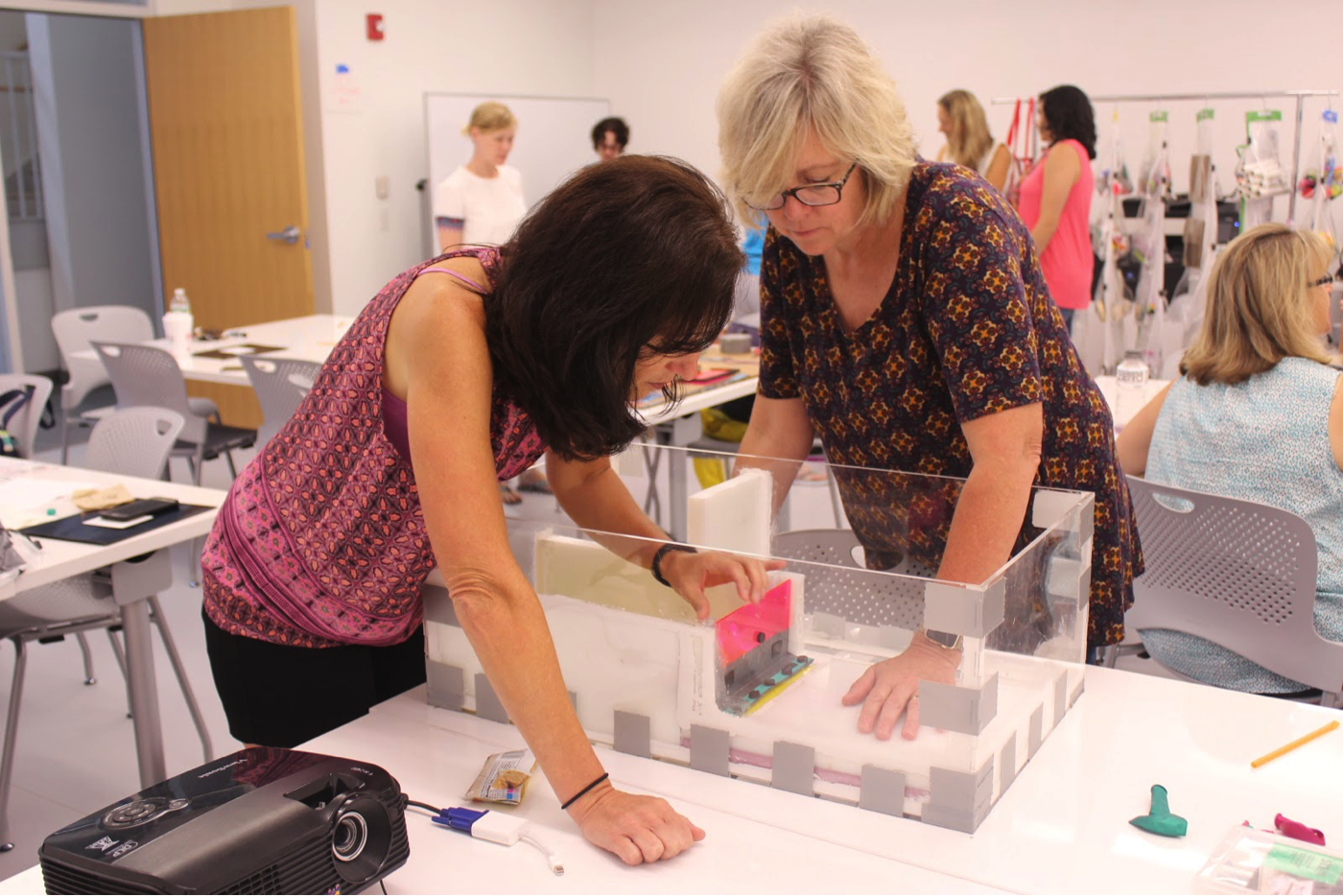By Chelsea Andrews, Post Doctoral Research Associate
ConnecTions in the Making: Elementary Students, Teachers, and STEM Professionals Integrating Science and Engineering to Design Community Solutions is one of the CEEO’s newest research projects, funded by the NSF’s ITEST program. Led by PI’s Kristen Wendell (Tufts) and Tej Dalvi (UMass Boston), the overall goal of this project is to develop and study community-connected, integrated science and engineering curriculum units that support diverse elementary students’ science and engineering ideas, practices, and attitudes. In the community-connected units, students in the third, fourth, and fifth grades will use human-centered design strategies to prototype and share functional solutions to a design challenge rooted in a local community while also exploring scientific explanations of the phenomena and mechanisms related to the challenge.
In this project, our approach includes teachers as valued partners in re-designing familiar, existing district units into integrated science and engineering (or STEM/STEAM) units that are authentically connected to their students’ community, supported by key technological tools and STEM professionals, and seamlessly integrated with the rest of their districts’ curricular resources.
To kick off this project, in summer 2017,13 grade 3-5 teachers and STEM specialists from Boston public schools and Marlborough public schools spent a week at Tufts developing their engineering design abilities. In this “Teacher Design Squad,” inspired by the PBS series, teachers designed and fabricated functional prototypes to solve an authentic engineering problem proposed by our STEM professional collaborators–the MBTA, Boston area’s public transportation system. The MBTA’s climate change resiliency group identified station flooding on the Green line, a problem the MBTA is currently tackling, as the community-connected design problem for the week. The Fenway portal, located between the Fenway and Kenmore stations on the D branch of the green line, faces intermittent flooding from the nearby Muddy River, with occasional catastrophic results.
Tufts undergraduate mechanical engineering students Cesar Guerrero and Gregory Fiorillo designed and constructed a water tank with a rough scale model of the area surrounding the Fenway portal for teachers to test their prototypes. In groups, teachers brainstormed, sketched, designed, fabricated, tested, and iterated on their flood protection prototypes, such as doors that swing out from the walls of the portal to stop water from entering the tunnel. Along the way, STEM education researchers highlighted engineering practices and facilitated related science inquiry activities. Teachers then constructed higher fidelity prototypes using equipment in the Mechanical Engineering machine shop and makerspace. Throughout the week, teachers recorded their progress in a design notebooking app in development at the CEEO. On the final day, teachers conducted final tests of their prototypes for an audience of education and mechanical engineering graduate students and received feedback on their processes and final designs.

